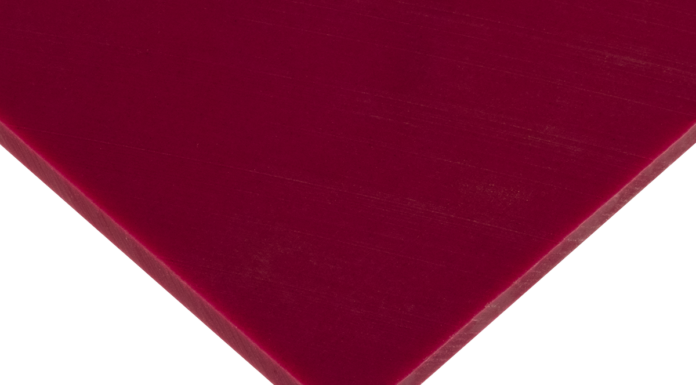
Light detection and control lie at the heart of many modern device applications, such as the cameras in phones. Using graphene as a light-sensitive material for light detectors offers significant improvements with respect to materials being used nowadays. For example, graphene can detect light of almost any color, and it gives an extremely fast electronic response within one-millionth of a millionth of a second. Thus, in order to properly design graphene-based light detectors, it is crucial to understand the processes that take place inside the graphene after it absorbs light.
A team of European scientists has now succeeded in understanding these processes. Published recently in Science Advances, their work gives a thorough explanation of why, in some cases, graphene conductivity increases after light absorption, and in other cases, it decreases. The researchers show that this behavior correlates with the way in which energy from absorbed light flows to the graphene electrons: After light is absorbed by the graphene, the processes through which graphene electrons heat up happen extremely fast and with a very high efficiency.
For highly doped graphene (where many free electrons are present), ultrafast electron heating leads to carriers with elevated energy—hot carriers—which, in turn, leads to a decrease in conductivity. Interestingly enough, for weakly doped graphene (where not so many free electrons are present), electron heating leads to the creation of additional free electrons, and therefore an increase in conductivity. These additional carriers are the direct result of the gapless nature of graphene—in gapped materials, electron heating does not lead to additional free carriers.
Read more: The photoexcited graphene puzzle solved
thumbnail courtesy of phys.org












